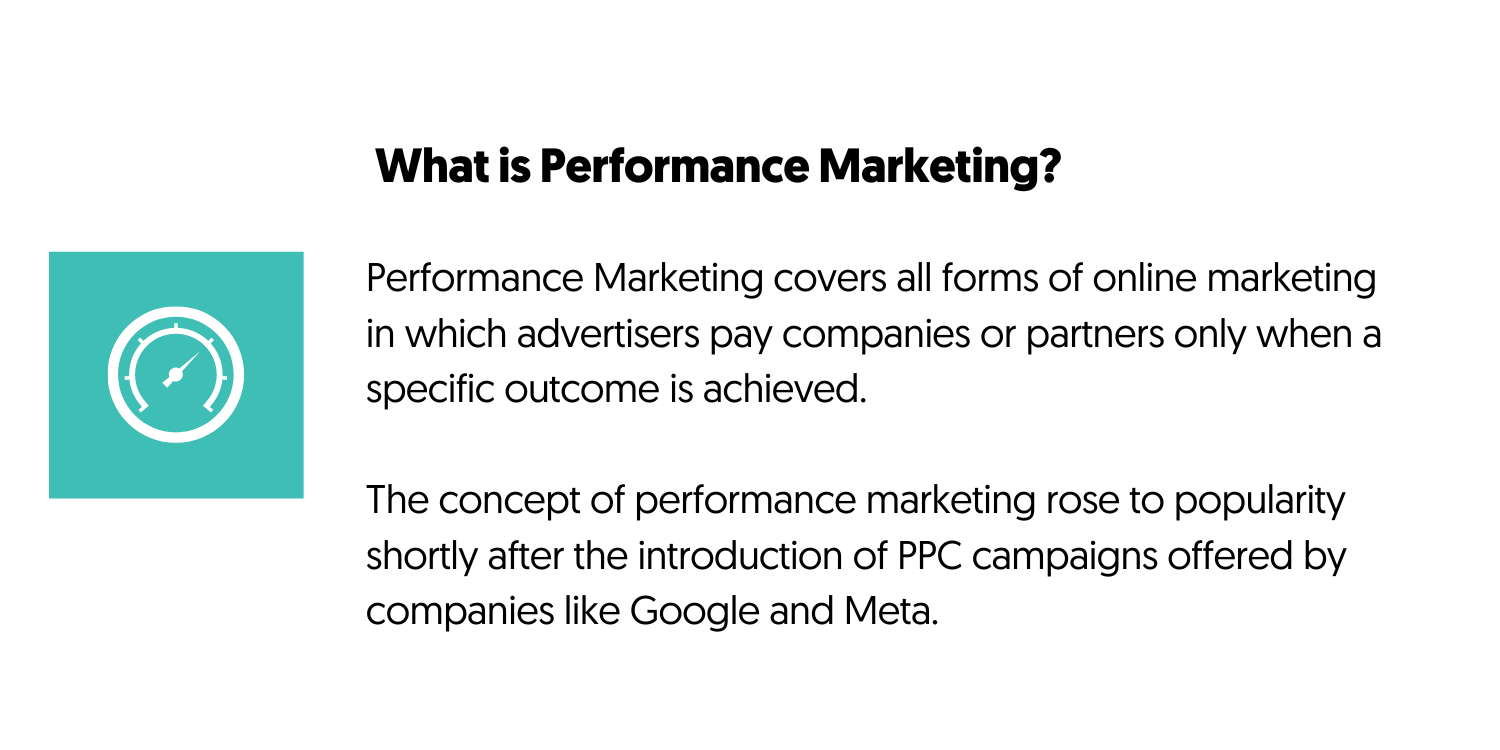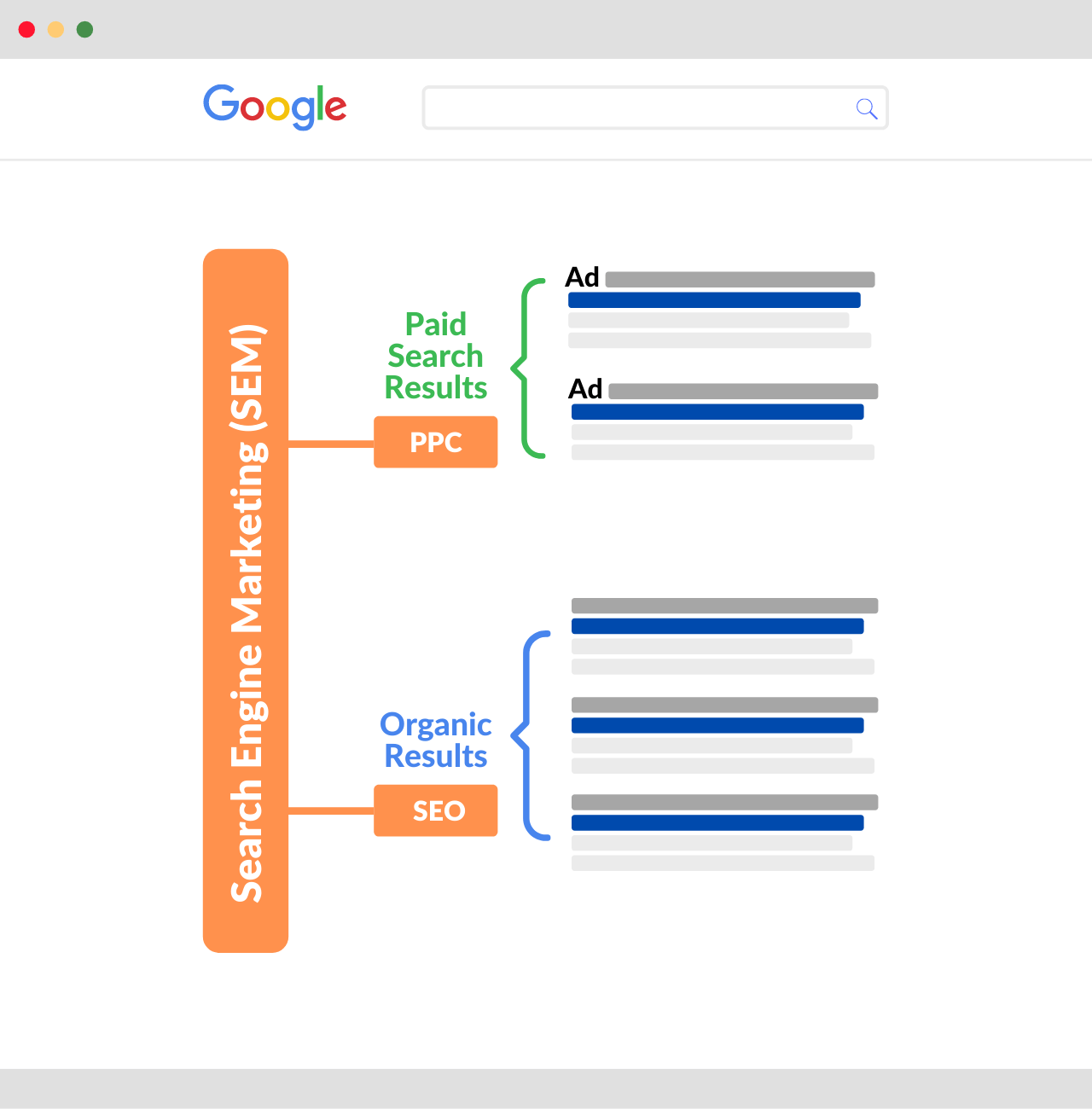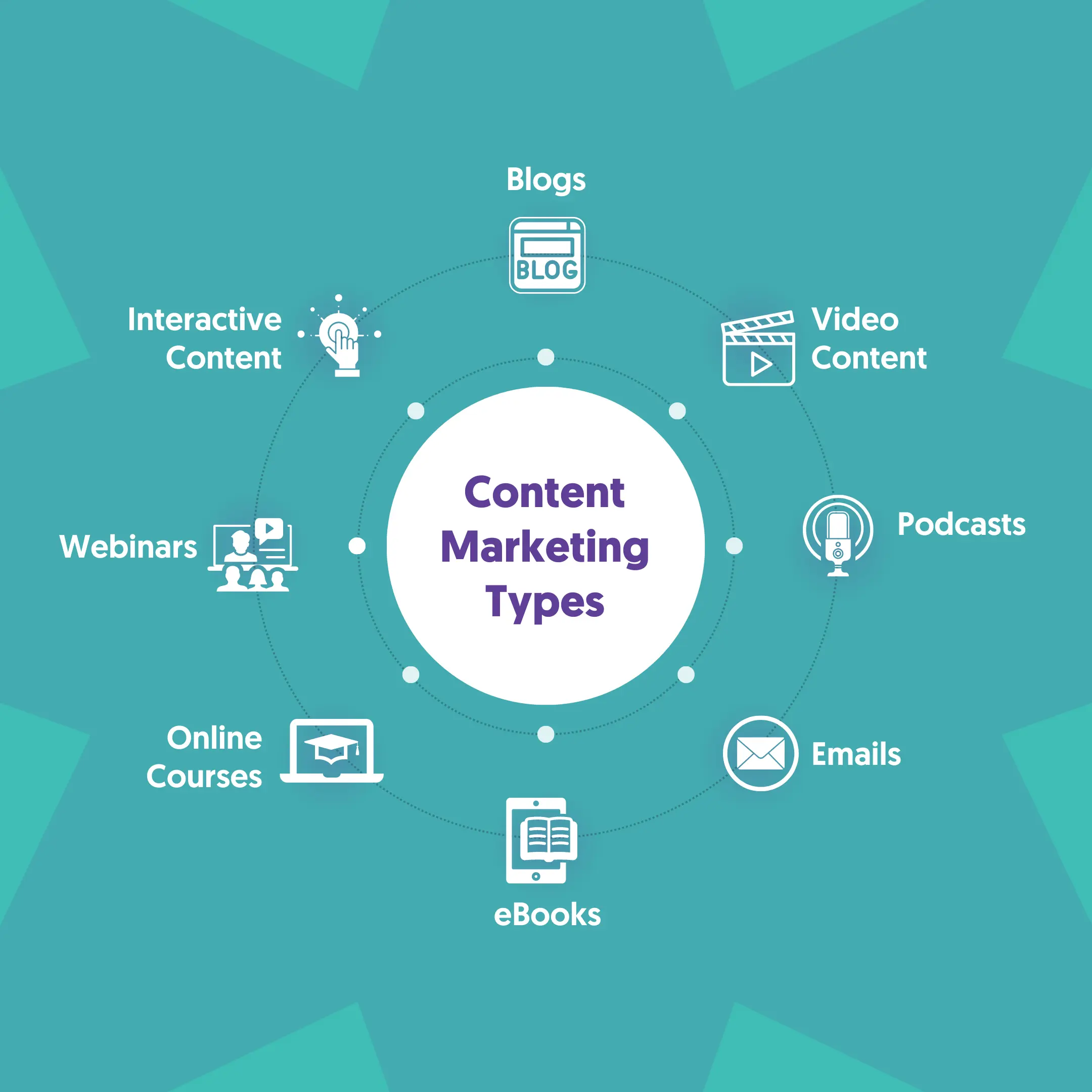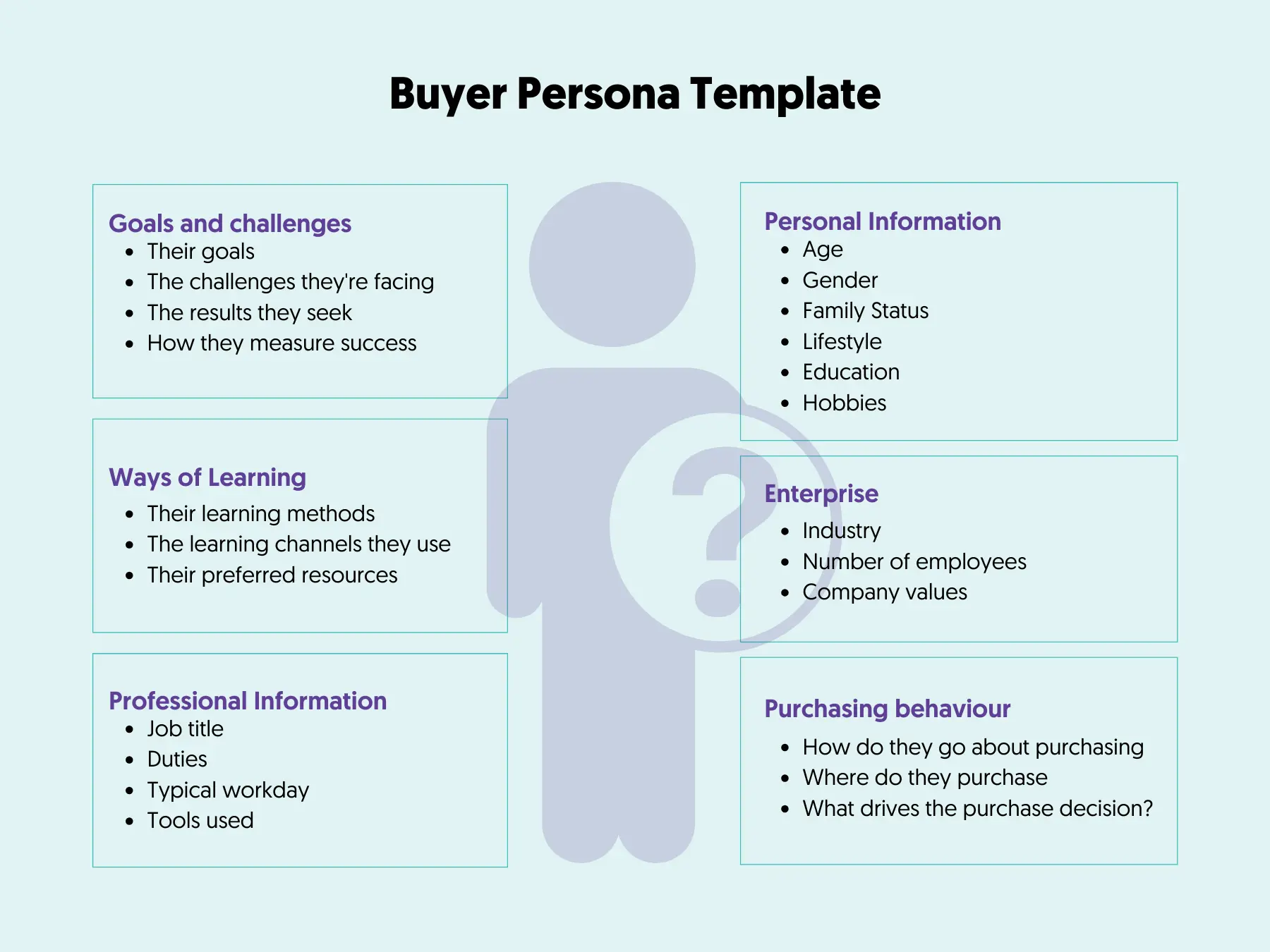The digital world has changed how consumers look for and purchase products and services. As a result, the way companies advertise and sell has evolved, too.
Today’s marketers have access to vast volumes of data they can use to monitor the success and results of campaigns. Leveraging these insights allows organizations to make agile changes to their promotional strategies, ensuring they get the best possible ROI.
Performance marketing harnesses this data-driven approach to growth, prioritizing testing and analysis to optimize marketing spend.
In this post, you’ll learn how performance marketing works and which channels can generate the best results.
What is Performance Marketing?

Performance marketing is essentially a digital marketing strategy driven entirely by results.
According to the Performance Marketing Association, the term “Performance Marketing” covers all forms of online marketing in which advertisers pay companies or partners only when a specific outcome is achieved (such as a conversion).
Companies work with partners to generate leads, clicks, sales, and other desired customer behaviors.
They implement performance marketing campaigns on various channels, utilizing affiliate campaigns, social media, PPC (Pay-per-click) advertising, and search engine marketing (SEM).
The concept of performance marketing rose to popularity shortly after the introduction of PPC campaigns offered by companies like Google and Meta.
It flips the traditional marketing model on its head by ensuring businesses only pay for the results they’ve agreed to purchase.
Performance Marketing Vs. Digital Marketing
Although performance marketing leverages a variety of common digital marketing channels, it’s not the same as traditional “online advertising”.
With traditional digital marketing, there’s no guarantee of a return on your investment.
Instead, you create a campaign and adjust your strategy based on the data you collect along the way.
On the other hand, a return on investment is guaranteed with performance marketing because you only pay for ads that deliver results.
This gives companies greater control over their ad spend and ensures they can experiment with new methodologies without incurring unnecessary risk.
Performance Marketing Vs. Affiliate Marketing
Affiliate marketing and performance marketing have some overlapping components. However, affiliate marketing is actually a subset of the broader “performance marketing” umbrella.
Performance marketing leverages a range of different types of marketing, from email advertising to influencer marketing.
Affiliate marketing is just one of the strategies performance marketers can use. Affiliate marketing is a form of performance-focused advertising where affiliate partners earn commissions for effectively promoting another company, product, or service.

The affiliate earns a piece of the profit every time they successfully convert a customer for another company.
Performance marketing, in general, however, aims to improve the performance of a business on a broader level. Rather than paying a partner only when a sale occurs, retailers pay for a range of actions.
Performance Marketing Principles
Performance marketing typically involves two parties working in a mutually beneficial agreement. The “publisher” or partner has a specific audience the “advertiser” wants to reach.
Both parties collaborate to create campaigns that are strategic and excellent for ROI, as they focus entirely on performance.
At the heart of any performance marketing strategy is a focus on results. Companies want to connect with audiences, draw attention to products, and convert leads.
Most traditional marketing strategies don’t guarantee any specific outcomes, making it difficult for businesses to optimize their advertising spend and improve ROI.
With performance marketing, the risk connected with most marketing campaigns is reduced because you only pay for specific completed actions. Companies monitor specific metrics to ensure they’re achieving their goals.
Performance Marketing Channels
As mentioned above, there are various channels businesses can use for performance marketing. The right channels for any business will depend on the company, the specific goals they want to accomplish, and their target audience.
Common options include:
Affiliate marketing
Affiliate marketing is one of the most popular forms of performance marketing. It’s considered one of the most cost-efficient marketing channels, as it involves working with a partner and paying only for results.
A study by the PMA revealed that last year, affiliate marketing drove around $71 billion in eCommerce revenue, with an average return on investment of $12 for every $1 spent.
Some companies host their own affiliate programs, while others use affiliate networks and platforms.
Search Engine Marketing
Another common form of performance marketing, search engine marketing or “SEM”, empowers companies to showcase their ads on search engines.

Popular options include “search ads” which display on search engine result pages; “display ads” which showcase visual content on relevant websites; “video ads” on channels like YouTube; and “Shopping ads,” which appear on search engine shopping tabs.
Most companies pay for their ads on a “CPC” basis, which means they’re charged every time someone clicks on an ad. However, it’s also possible to pay for impressions every time someone views an ad.
Social Media Advertising
With more than 4.8 billion social media users worldwide, platforms like LinkedIn, Instagram, Facebook, and TikTok offer excellent opportunities for performance marketers. Social channels offer a range of advertising formats to choose from.
Companies can experiment with video ads, personalized messenger ads, and “native” ad campaigns which appear in a similar format to other posts.
Additionally, there are various ways to pay for campaigns, such as cost per click (CPC) cost per view, and cost per action (CPA). Performance marketers only pay when a specific action is completed, whether that’s someone viewing an ad or clicking on a link.
Content Marketing
While not all forms of content marketing are performance based, there are opportunities for companies to implement the principles of performance marketing into content. For instance, content marketing creators may be paid based on a commission for their results.

Content marketing generates up to 3 times as many leads as many outbound marketing strategies, and often costs up to 62% less, making it an excellent form of advertising.
Content marketing focuses on providing users with valuable information capable of guiding them through the purchasing process.
Email Marketing
Similar to content marketing, email marketing isn’t always considered under the umbrella of performance marketing. However, it is possible to take a performance-focused approach to email advertising.
Marketers can use email platforms to test different subject lines, content, and calls to action, analyzing metrics as they go.
This ensures companies can make data-driven decisions about improving each campaign's performance and delivering more personalized experiences to users.

Many platforms even allow users to segment customers into different groups based on their interests and demographics.
Influencer Marketing
Influencer marketing can be similar to affiliate marketing in many ways. In the past, influencer marketing wasn’t always considered a form of performance marketing.
However, today’s content creators have grown more business savvy and now use various management tools and partnership platforms to track results.
Companies can work with influencers on specific campaigns and offer payments based on their accomplishments. For instance, an influencer might be paid a commission based on the number of visitors they drive to a website.
Performance Marketing Metrics and KPIs:
Since performance marketing is all about results, tracking the right KPIs (Key Performance Indicators) and metrics is essential to success.
The exact metrics monitored by a company or marketing team will depend on the specific goals of the campaign.
Some commonly monitored metrics and KPIs include:
Click-through rate (CTR): Click through rate looks at the total number of clicks an ad campaign earns, compared to its number of impressions (how many people see the ad).
Look at your CTR gives you an insight into which kinds of ads drive the most positive actions for your business.
Conversion rate: Conversion rate is a broad metric which examines how often customers take a specific action based on your ad campaign. Conversions don’t just apply to “sales”.
Any positive action, such as completing a contact form, downloading a content asset, or signing up to a newsletter can be a conversion.
Return on Ad Spend (ROAS): ROAS examines the effectiveness of ad spend by looking at how much revenue you earn, compared to how much you spend on advertising.
It’s basically the core metric used to track “ROI” in the advertising world. It’s calculated using the following formula: ROAS = Revenue / Advertising spend.
Customer Acquisition Cost (CAC): CAC looks at the price your business pays (on average) to convert a lead into a paying customer within a specific period.
The formula is: CAC=Sales and marketing cost / number of customers acquired. An optimal CAC ensures you’re achieving positive growth with your ad strategy.
Lifetime Value (LTV): Lifetime value estimates the amount of revenue a business can expect to earn from a customer throughout their lifetime with the business.
The longer the customer continues to buy from the business, and the more they spend on each transaction, the greater their lifetime value is.
Cost Per Action (CPA): Commonly used in affiliate marketing, CPA examines how much you spend to encourage a customer to take a specific action. It’s similar to “Cost per Conversion.”
Looking at CPA closely ensures you’re not paying too much to convince customers to click a link or connect with your company.
Tips for Effective Performance Marketing:
Compared to other forms of digital marketing, performance marketing delivers a low-risk, high-reward strategy to business leaders focused on rapid growth.
However, like any form of digital marketing campaign, it’s important to have the right plan in place.
A good performance marketing strategy relies on your ability to choose the right channels based on your understanding of your audience and use data to your advantage.
Here are some quick tips to help you make the most of your performance marketing strategy.
1. Know your audience
Perhaps more than anything else, a deep understanding of your audience will determine whether your performance marketing campaigns are successful.
You need to understand exactly which customers or leads you’re trying to reach, so you can select the right channels and campaigns to drive results.

Crafting customer personas, conducting market research, and even analyzing your competitors will help you to select a performance marketing strategy that resonates with your audience and reaches leads wherever they are.
Think carefully about which channels your customers are likely to use, what kind of content they respond to most, and the stages of their purchasing journey.
It’s also worth carefully segmenting your audience, so you can personalize each campaign to the specific group of customers you want to reach.
2. Set Clear Goals
Performance marketing is all about driving measurable results from your campaigns. Before you dive into any strategy, you need to know what you want to achieve.
The metrics and KPIs you monitor will vary depending on whether you’re trying to boost brand awareness, increase sales, or generate interest in your company.
Decide exactly what you want to accomplish with each campaign in advance and which metrics will be most valuable to your marketing team and partners.
Once you have goals in place, think about how you will monitor metrics and manage your partners throughout the process.
For instance, you might use an affiliate network to track the results of your affiliate marketing campaigns. You could use email analytics for email campaigns and social media insights for social strategies.
3. A/B Test and Optimize
A/B testing is one of the most important components of any performance marketing campaign. It ensures you can constantly optimize and improve your ROI by experimenting with different strategies and methods.
For instance, in an SEM campaign, you can A/B test different ad copy options or experiment with the design and layout of display ads.
You can monitor how CTA buttons affect click-through rates or how the subject lines in your emails drive clicks.
Email marketing platforms often come with A/B testing solutions built-in, as well as the option to send different emails to specific segments of your target audience.
4. Constantly Monitor Metrics
A good performance marketing campaign requires businesses and marketing leaders to keep their fingers on their strategies' pulse constantly.
You don’t just monitor metrics every couple of months. Instead, you use a variety of tools to keep a close eye on your metrics and KPIs throughout a campaign.
Constantly monitor each channel’s performance and the results your partners (such as affiliates and influencers) are having.
This will ensure you can adjust your marketing budget and strategy based on the results you’re getting.
It’s also important to closely monitor the changing marketing landscape. Platforms and algorithms can change all the time.
Ensuring you know the latest rules and trends will allow you to make agile changes to your marketing strategy.
5. Preserve Customer Trust
In all forms of online marketing, it’s important to ensure you adhere to advertising rules and regulations. Brands and marketers need to ensure they comply with privacy laws to gain and retain the trust of their audience.
Make sure you’re familiar with regulations like the California Consumer Privacy Act (CCPA), and General Data Protection Regulations (GDPR).
Many federal guidelines also require businesses to ensure they’re not publishing misleading advertisements.
If you’re working with influencers and affiliates, they may be required to inform consumers when the content they produce is sponsored or they earn a commission from sales. Ensure your partners are aware of the guidelines, too.
Conclusion
Performance marketing represents an incredible opportunity for business leaders and marketers to upgrade and optimize their promotional efforts based on real data.
Unlike most traditional forms of advertising, performance marketing requires businesses to consistently monitor the results of every campaign to ensure they’re getting the best ROI from their marketing strategies.
This not only leads to more effective campaigns, but it also ensures you’re getting the most value from your marketing budget.
Rather than paying for campaigns and hoping for the best, you implement strategies that ensure you only pay for real results. In today’s complex promotional world, this data-driven approach could be the key to optimizing any marketing strategy.



